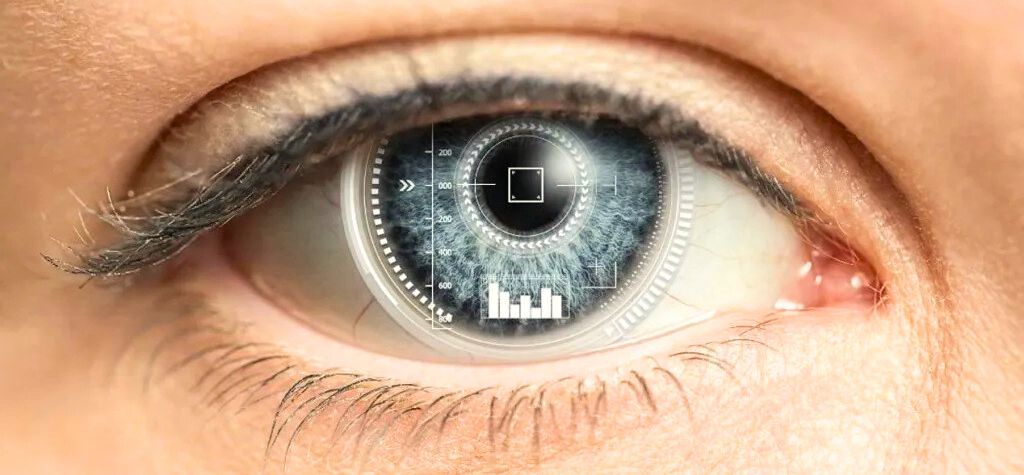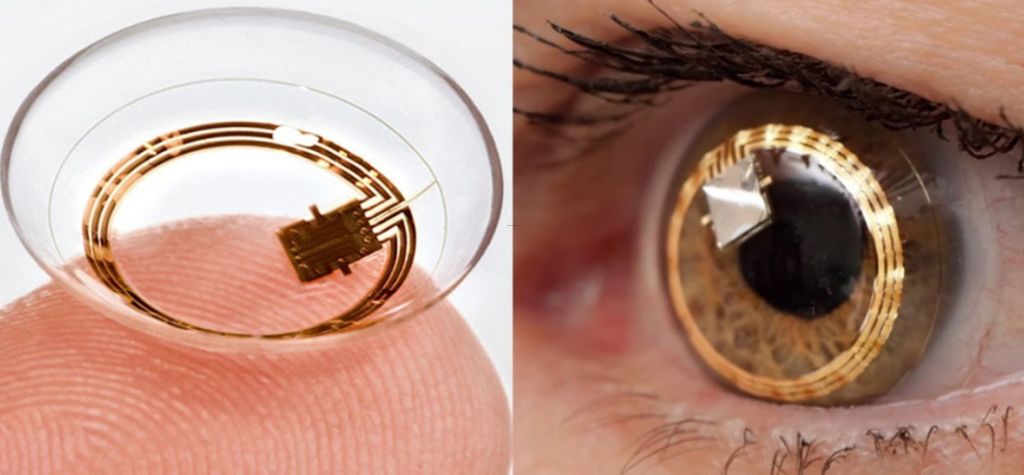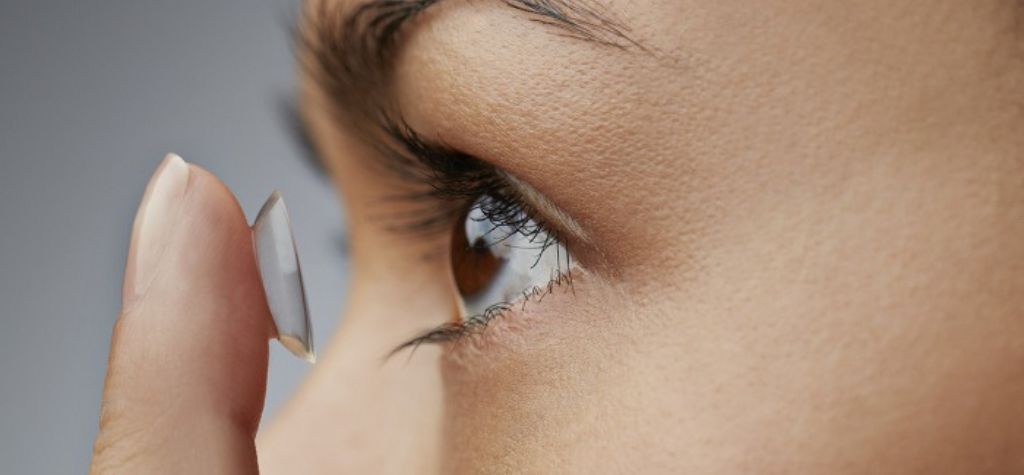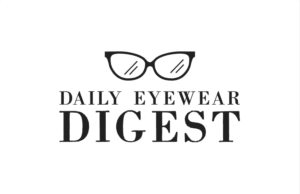For centuries, glasses have been the go-to solution for vision correction, evolving from simple glass lenses to high-tech smart eyewear. But what if the next big innovation in vision care doesn’t involve glasses at all?
Enter smart contact lenses—the game-changing contact lens tech of 2025. Unlike traditional contacts, these futuristic lenses go beyond correcting vision. They can display real-time information, monitor health metrics, and even enhance augmented reality (AR) experiences.
With major tech companies and research labs racing to perfect AR contact lenses, some experts believe that traditional glasses could become obsolete. But are we ready for a world without glasses? And are these high-tech lenses safe?
Let’s explore how AR contact lenses work, their benefits and drawbacks, and whether they’re truly ready to replace glasses in 2025.
How Smart Contact Lenses Work

The Technology Behind AR Contact Lenses
Smart contact lenses use microelectronics, nanotechnology, and augmented reality to provide a hands-free, seamless digital experience. Unlike traditional glasses, these lenses place displays, sensors, and wireless connectivity directly on the eye, creating an entirely new way to interact with technology.
Key Features of Smart Contact Lenses
- Built-in AR Overlays – Displays notifications, navigation, and real-time data directly onto your vision.
- MicroLED Displays – Tiny, ultra-low-energy displays embedded in the lens to project information without obstructing vision.
- AI-Powered Vision Adjustment – Self-adjusting lenses that dynamically correct vision for near and far distances.
- Health Monitoring – Tracks glucose levels, hydration, and eye pressure, benefiting diabetics and individuals with eye conditions.
- Wireless Connectivity – Syncs with smartphones, AI assistants, and other devices for seamless integration.
Companies Leading the Smart Contact Lens Revolution
Several companies are already developing next-gen contact lens tech for 2025:
- Mojo Vision – The frontrunner in AR contact lenses, working on a miniaturized micro-display embedded in a soft contact lens.
- Google (Verily) – Reviving its smart contact lens project with health-tracking capabilities.
- Samsung & Sony – Rumored to be working on AI-powered lenses with advanced AR integration.
With these innovations, contact lenses in 2025 could become more than just a vision correction tool—they might be the next step in wearable technology.
Pros & Cons of Smart Contact Lenses

While AR contact lenses sound revolutionary, they come with both exciting benefits and potential risks.
✅ Advantages of Smart Contact Lenses
✔ Completely Hands-Free Experience – No need for bulky glasses or headsets; all information is directly integrated into your vision.
✔ More Natural Augmented Reality – AR overlays appear seamless and unobtrusive, unlike current AR glasses that require large frames.
✔ Improved Vision Correction – Some smart lenses feature AI-powered adjustments, making bifocals and progressive lenses unnecessary.
✔ Medical Benefits – Built-in biometric sensors can help monitor glucose levels, hydration, and eye pressure.
✔ Enhanced Privacy – Unlike AR glasses with visible cameras, smart contact lenses provide a discreet digital experience.
❌ Challenges & Ethical Concerns
❌ Safety & Health Risks – Miniaturized electronics inside the eye raise concerns about comfort, eye irritation, and long-term safety.
❌ Battery & Power Limitations – AR contact lenses need a tiny power source—researchers are exploring wireless charging and bio-electric energy.
❌ Cost & Accessibility – Early versions may be extremely expensive, making them unavailable to most consumers at first.
❌ Ethical Concerns – Privacy issues arise with invisible recording and real-time data collection.
❌ Regulatory Challenges – Government agencies like the FDA and EU Medical Board will need to approve these medical-grade smart devices.
While these challenges are real, contact lens tech in 2025 is rapidly advancing, with companies working on solutions to make AR contact lenses safer and more accessible.
How Smart Contact Lenses Could Change Daily Life

1. Real-Time Health Monitoring
For individuals with diabetes, high blood pressure, or eye conditions, smart contact lenses could become life-saving tools.
- Continuous glucose monitoring – Detects glucose levels through tear fluid, eliminating the need for finger-prick tests.
- Hydration tracking – Alerts users when eye dryness or dehydration is detected.
- Early disease detection – Some lenses are being developed to detect signs of glaucoma, cataracts, and even high blood pressure.
2. Hands-Free Augmented Reality
Imagine walking into a store and seeing product information floating in your vision or having real-time translations appear when someone speaks in a foreign language.
- Navigation assistance – Digital arrows guide users through cities, malls, and airports without looking at a phone.
- Sports Performance Tracking – Athletes could see real-time speed, heart rate, and performance data without breaking focus.
- Gaming & Entertainment – AR lenses could bring gaming elements into real-world spaces, similar to Pokémon GO but fully immersive.
3. Accessibility & Vision Enhancement
For individuals with vision impairments, AR lenses could enhance vision beyond 20/20 by magnifying objects or adjusting contrast in real time.
These use cases show that smart contact lenses aren’t just a sci-fi fantasy—they are becoming a practical solution for everyday life.
Are Smart Contact Lenses Safe? (FAQ Section)
1. Are smart contact lenses FDA-approved?
Not yet. While prototypes exist, companies are still undergoing clinical trials and regulatory approvals before mass production.
2. Do smart contact lenses have cameras?
Some models may include micro-cameras, but most focus on AR overlays and biometric tracking without built-in recording.
3. How do smart contact lenses get power?
Early prototypes use wireless power transfer, bioelectric energy, or ultra-thin batteries. Researchers are still optimizing power efficiency.
4. Will smart contact lenses replace glasses?
Possibly, but not for everyone. Some people prefer glasses for comfort, fashion, and ease of use. However, for those seeking a completely hands-free experience, smart lenses may be the future.
Final Thoughts: Will You Ditch Glasses for Smart Contact Lenses?
With AR contact lenses, AI-powered vision correction, and built-in health monitoring, the future of contact lens tech in 2025 is truly game-changing. While challenges like safety, cost, and battery life still need solutions, smart contact lenses could become the ultimate wearable technology.
Would you consider ditching your glasses for smart contact lenses? Or do you think traditional eyewear still has a place in the future? Share your thoughts below!

